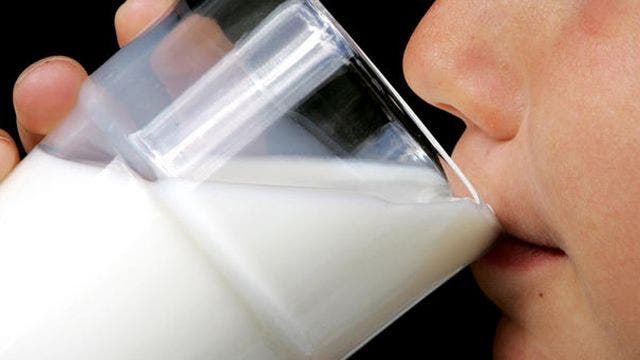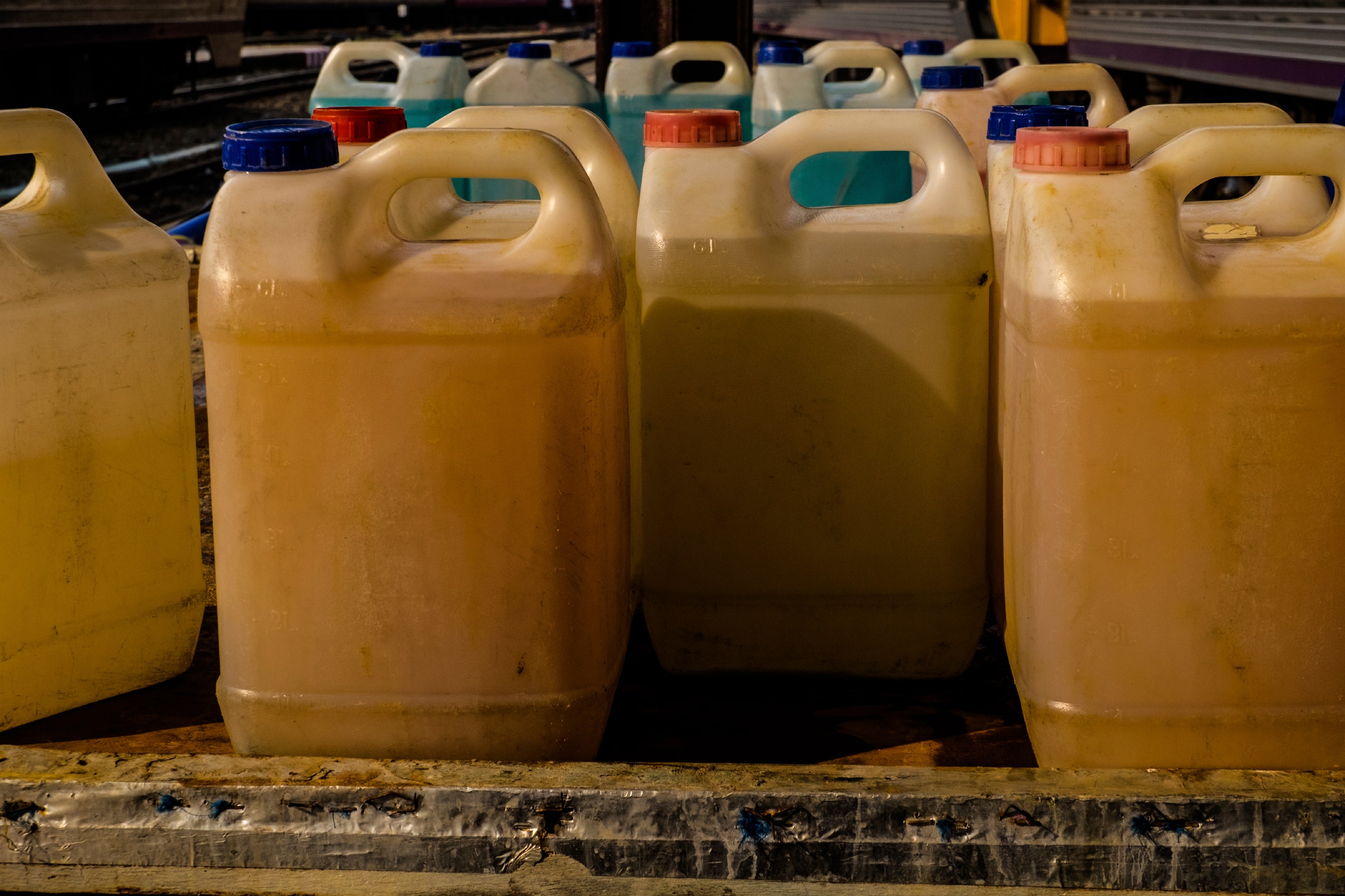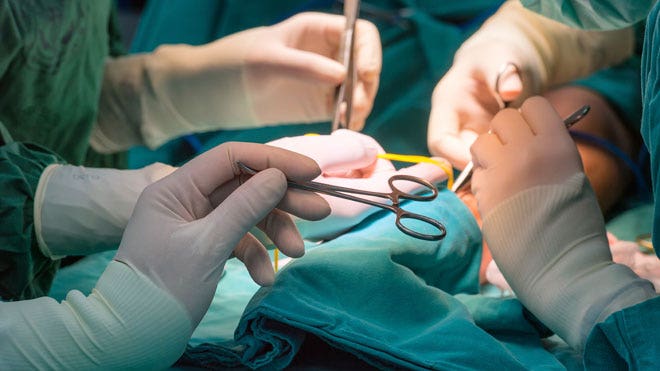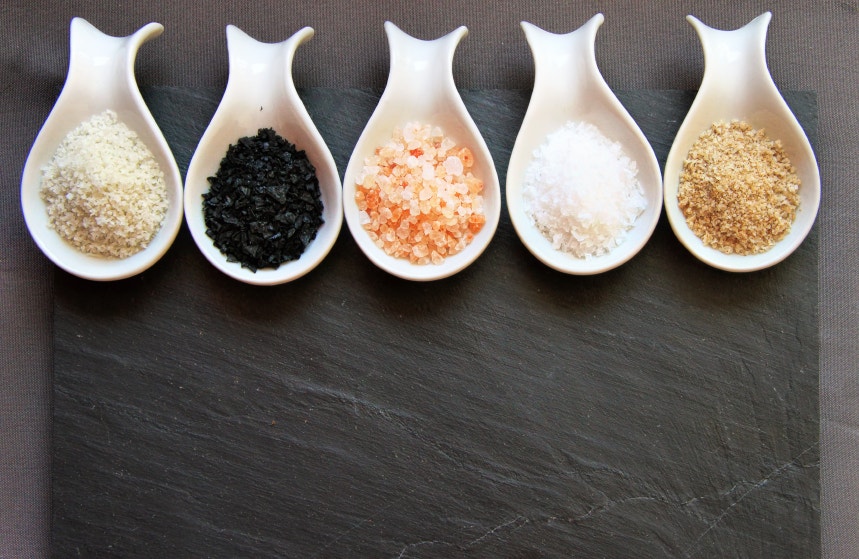A friend of mine recently placed a glass of raw milk in my hands as she evangelized about its health benefits. “Where did you get this?” I asked.
She hedged a bit in describing where she got the bottles. “I’m not sure if it’s exactly legal,” she explained.
Advocates of raw milk are often skittish about revealing their sources, following several high-profile arrests of its producers in recent years.
“All are conscious to protect our source. There’s no law against drinking raw milk; it’s on the production and distribution side that it’s an issue,” said Kimberly Hartke, publicist for the Weston A. Price Foundation and its Campaign for Real Milk, an advocacy group for unpasteurized milk.
“Even today when I give presentations, I tell people, ‘Don’t mention the name of the dairy farm where I get my milk,’ because I want to protect my farmer,” Hartke said.
The state-by-state battle over raw milk has created strange bedfellows of Tea Party and Libertarian activists and alternative health practitioners and advocates of naturally grown local produce.
READ MORE: 10 surprising benefits of eating healthy (besides weight loss)
Former congressman and presidential candidate Ron Paul waded into the milk debate last year after the arrest of the founder of Rawesome Foods in Venice, California.
“What heinous crime justified this action? Rawesome sold unpasteurized (raw) milk and cheese to willing customers —in a state where raw milk is legal!” Paul said in a news release.
The arrest of Rawesome’s founder—as well as arrests in Minnesota, Wisconsin and Pennsylvania, and legal challenges in Vermont and Maine—helped galvanize the movement. Meanwhile, the Centers for Disease Control and Prevention (CDC) and the U.S. Food and Drug Administration (FDA) have stepped up their public campaign decrying the movement against pasteurized milk.
Why so much angst spilled over raw milk? Here is what you need to know.
Is raw milk good for you?
Depends who you ask. Proponents of raw milk give a laundry list of purported health benefits of milk that are eliminated during the rapid heating process of pasteurization. Raw milk “stimulates the immune system, builds healthy gut wall, prevents absorption of pathogens and toxins in the gut and ensures assimilation of all the nutrients,” according to the Campaign for Real Milk. The group also claims that anecdotal evidence suggests it helps asthma and allergies.
READ MORE: Alternative care and home remedies for asthma
“I consider it a superfood,” said Hartke, who joined the raw milk group after she said milk helped her as an anti-inflammatory for debilitating knee pain. “It’s not the skull-and-crossbones danger that modern food manufacturing makes it out to be.”
The CDC, FDA and the American Association of Pediatrics beg to differ—all these groups say that raw milk is unequivocally dangerous as a cause of food-borne illness, and that pasteurization removes little nutritional value from the beverage while cutting the risk of such illnesses.
What are the health risks?
The USDA says “unpasteurized milk can pose a serious health risk” in a recent campaign to try to halt the rising popularity of raw milk.
“Between 1993 and 2006 more than 1500 people in the United States became sick from drinking raw milk or eating cheese made from raw milk,” the FDA said. “In addition, CDC reported that unpasteurized milk is 150 times more likely to cause food-borne illness and results in 13 times more hospitalizations than illnesses involving pasteurized dairy products.”
READ MORE: How much does treatment for food poisoning cost?
Those who fall ill —often the old, the young and pregnant women—get flu-like symptoms such as diarrhea, vomiting, abdominal pain and fever.
Unpasteurized milk can carry dangerous bacteria such as Salmonella, E. coli, and Listeria, which are responsible for causing numerous food-borne illnesses, according to the FDA. Pregnant women run a serious risk of becoming ill from the bacteria Listeria monocytogenes which can cause miscarriage, fetal death or illness or death of a newborn. Raw milk can harm unborn children even if the mother doesn’t fall sick, the FDA adds.
READ MORE: Having a baby is expensive, even without complications
In May, the CDC sent a letter to all state epidemiologists, warning that outbreaks of raw milk-related illnesses rose from 30 between 2007 and 2009 to more than 50 from 2010 to 2012. Children get hit the hardest, the CDC says—nearly 60 percent of outbreaks have victims age 5 or younger.
Is it legal to buy raw milk?
Depends on where you live. Laws vary greatly from state to state. Retail sales are legal in 10 states, including California, Pennsylvania and Idaho; on-farm sales are legal in 15 states, according to the Real Milk campaign. Some states allow “herdshares” or “farmshares,” where people can buy shares of a milking animal from a local farmer.
Besides raw milk’s purported health benefits, proponents say, its trade could be a boon for small-scale farms trying to earn a livelihood, as raw milk sells for a much higher price than most dairy products. Raw milk is also safer when it comes from smaller operations with grass-fed cattle and appropriate sanitary conditions, said Hartke.
“Raw milk can really help income for small, local farms,” she claimed.
Kevin Voigt writes for NerdWallet Health, a website that empowers consumers to find high quality, affordable health care and reduce their medical bills.







Leave a Reply